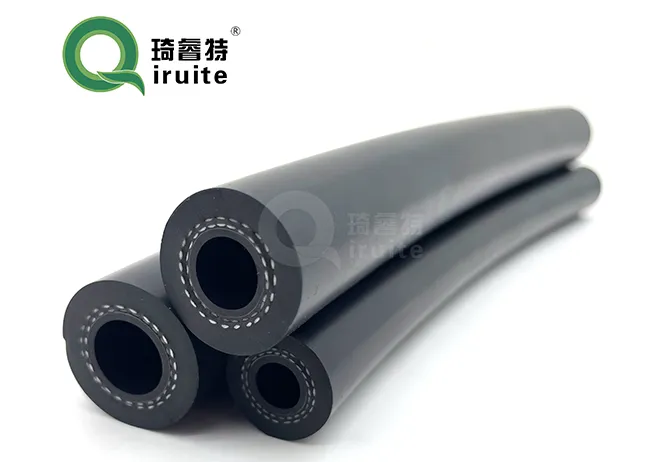Understanding Low Pressure Power Steering Line Issues and Solutions
Understanding the Power Steering Low Pressure Line
Power steering systems are an integral component of modern vehicles, enhancing driver control and comfort by reducing the effort needed to steer. One critical component of this system is the low-pressure line, which plays a significant role in the overall functionality of power steering. This article delves into the purpose, function, and maintenance of the power steering low-pressure line, helping drivers better understand its importance and common issues.
What is the Power Steering Low Pressure Line?
The power steering low-pressure line is a vital part of the hydraulic steering system. It connects the power steering pump to the steering gear or rack. Unlike the high-pressure line, which carries hydraulic fluid at a high tension to assist in steering, the low-pressure line operates under a relatively lower pressure. It serves as a return line for hydraulic fluid, channeling excess fluid back to the reservoir after it has assisted in steering the vehicle.
Function of the Low-Pressure Line
The primary function of the low-pressure line is to ensure the efficient circulation of hydraulic fluid within the power steering system. When a driver turns the steering wheel, the power steering pump generates hydraulic pressure that assists in steering. After aiding in this process, the hydraulic fluid must return to the reservoir so that the pump can maintain the system's pressure. The low-pressure line is responsible for this return flow, allowing the system to operate effectively and efficiently.
Moreover, the low-pressure line also plays a role in maintaining fluid levels. As the fluid circulates, the low-pressure line allows for a continuous supply of hydraulic fluid, ultimately ensuring that the system functions optimally without causing strain on the components.
Common Issues with Power Steering Low Pressure Lines
While the low-pressure line is generally durable, it can be prone to specific issues, mainly due to wear and tear, corrosion, or damage from road debris. Here are some common problems
1. Leaks One of the most prevalent issues involves leaks in the low-pressure line. Hydraulic fluid leaks can result in a loss of fluid, making it challenging to maintain the necessary pressure within the system. Signs of a leak may include puddles of fluid beneath the vehicle or difficulty steering.
power steering low pressure line

2. Cracks and Damage Over time, the rubber or metal used in low-pressure lines can develop cracks or become brittle due to exposure to heat or chemical contaminants. This deterioration can compromise the line's integrity, leading to a loss of fluid.
3. Loose Fittings If the connections between the low-pressure line and the steering components are not adequately tightened, it may result in leaks. Regular inspections can help identify loose fittings early on.
Maintenance Tips
To ensure the longevity and efficiency of the power steering low-pressure line, regular maintenance is crucial. Here are some essential tips
- Inspect the Lines Regular visual inspections of the low-pressure line can help catch leaks, cracks, or other damage early. Look for any signs of fluid around the fittings or along the line itself.
- Check Fluid Levels Regularly checking and maintaining the proper hydraulic fluid level in the reservoir is essential. Low fluid levels can lead to steering issues and increase wear on the power steering pump.
- Professional Inspections Periodic inspections by a qualified mechanic can help identify potential issues before they become significant problems. Mechanics have the expertise to check for proper pressure and fluid circulation.
Conclusion
The power steering low-pressure line may often go unnoticed in the world of automotive components, but its role in the steering system is crucial. By understanding its function and maintaining it properly, drivers can ensure smoother steering and increased safety on the road. Regular checks, care, and addressing any issues promptly can go a long way towards preserving the performance of the power steering system, ultimately enhancing the driving experience.
-
Ultimate Spiral Protection for Hoses & CablesNewsJun.26,2025
-
The Ultimate Quick-Connect Solutions for Every NeedNewsJun.26,2025
-
SAE J1401 Brake Hose: Reliable Choice for Safe BrakingNewsJun.26,2025
-
Reliable J2064 A/C Hoses for Real-World Cooling NeedsNewsJun.26,2025
-
Heavy-Duty Sewer Jetting Hoses Built to LastNewsJun.26,2025
-
Fix Power Steering Tube Leaks Fast – Durable & Affordable SolutionNewsJun.26,2025

